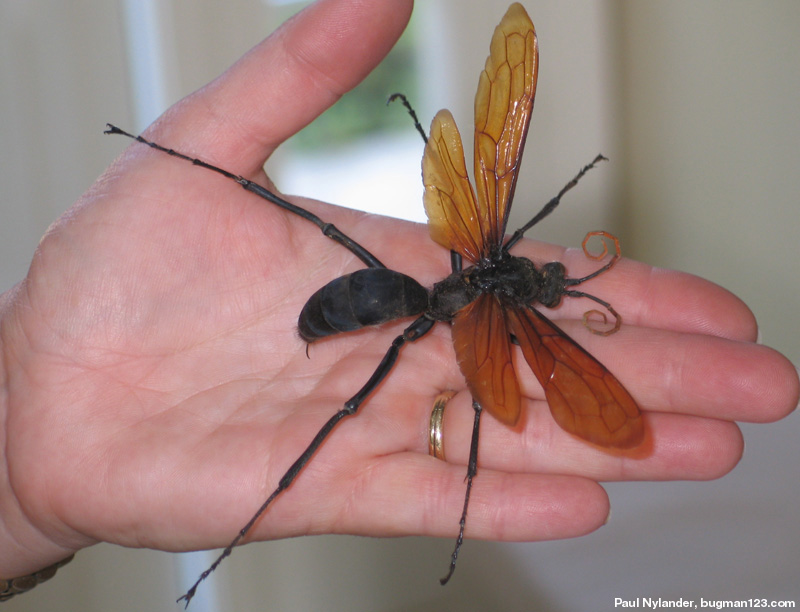-The primary killing mechanism of a modern bullet isn't actually the initial tissue damaged caused by an object boring a small tunnel through the body, but the shockwave [http://en.wikipedia.org/wiki/Hydrostatic_shock] it sends through your tissue as the bullet's kinetic energy is absorbed by the body, rupturing organs, blood vessels, and especially neurological structures in the vicinity of the impact. This is why hollowpoint bullets are more lethal than solid rounds; contrary to the popular belief that they will "take a bigger chunk out of you", the expansion of the slug increases its surface area and slows it to a stop much more quickly, ensuring that all of its energy is transferred rapidly and completely; this, in turn, significantly increases the magnitude of the trauma caused.
-Grenades and artillery shells are not commonly designed to cause damage with the blast wave caused by their detonation (though this can certainly be deadly, its casualty radius is small as the force of the blast dissipates quickly). Typically, an anti-personnel grenade or general-purpose artillery shell will rely on shrapnel (small metal pieces of the casing sent in all directions by the explosion) to achieve damage. The iconic "pineapple" grenade used by American infantry in WWII originally relied on its casing to fragment into shrapnel (hence the scoring on its surface), but its fragmentation pattern proved too inconsistent; contemporary frag grenades generally consist of a thin outer shell, and just beneath it, a good length of segmented wire wrapped around its explosive core, which results in an even pattern.
-The easily-recognized M16 was first fielded in the Vietnam conflict as the M16A1, to disastrous results. Marketed as a "self-cleaning rifle", the complicated weapon was issued without cleaning kits. Once fielded in the jungles and exposed to the elements, it would jam with astounding frequency, rendering its user unable to fire the weapon and taking great amounts of time to repair, which frequently resulted in the unnecessary death of its operator. While its modern variants are much more reliable, a recurring complaint among servicemen is that its 5.56x45mm (a small, high-velocity round, specifically designed to pierce armor as a counter to the threat of a Soviet invasion) will go clean through an unarmored insurgent and cause minimal damage.
-The arc of a Javelin missile's flight path is intended to bring it down on the top of a vehicle, where its armor is weakest. When engaging aircraft, its trajectory is much more direct.
-In WWI, British troops would often file the point off their bayonets so that it would glance off an enemy's ribs and go between them, rather than getting stuck.
-The XM8, an assault rifle featured prominently in BFBC2, is actually a prototype weapon based on the German G36. It was intended to replace the M16/M4 family of weapons, but failed the US military's trials. One particularly alarming feature was that the plastic grips would melt after prolonged firing. Also, it's a stupid-looking rifle that strongly resembles a fish.
-The .45ACP round was designed in the early 1900's for use in the Philippines against mounted cavalry. The round was intended to be large enough to take down a horse, and has been used in conflicts long after horses were made obsolete due to its superior manstopping capabilities.
-Suppressors (also colloquially known as "silencers") do not actually make a firearm quiet, they simply mask its report (the deafening "bang"), making the shooter more difficult to locate at a distance and making the resulting clatter harder to identify as a gunshot. When being fired, a suppressed weapon can usually be expected to be at least as loud as a pneumatic nail gun, which is to say, still quite loud.
-While the Barrett M82A1 (the most commonly depicted .50BMG rifle) is frequently seen in works of fiction being used like any other sniper rifle, in actuality it weighs thirty pounds, making it very difficult to fire accurately while standing.
-Despite its video game incarnations losing effect beyond ten feet, a combat shotgun firing 00 buck retains effectiveness at distances in excess of 70 yards. At close range, it needs to be fired as carefully as any other weapon, as the spread absolutely will not compensate for poor aim.
-The primary weapon of the A-10 Thunderbolt (known as the "Warthog" for its relative ugliness for a turbine-powered aircraft) is a tremendously powerful rotary cannon that fires 30mm depleted uranium shells. It can only fire a continuous burst for eight seconds before it will begin to melt. It is scary as fuck. (1:10)


